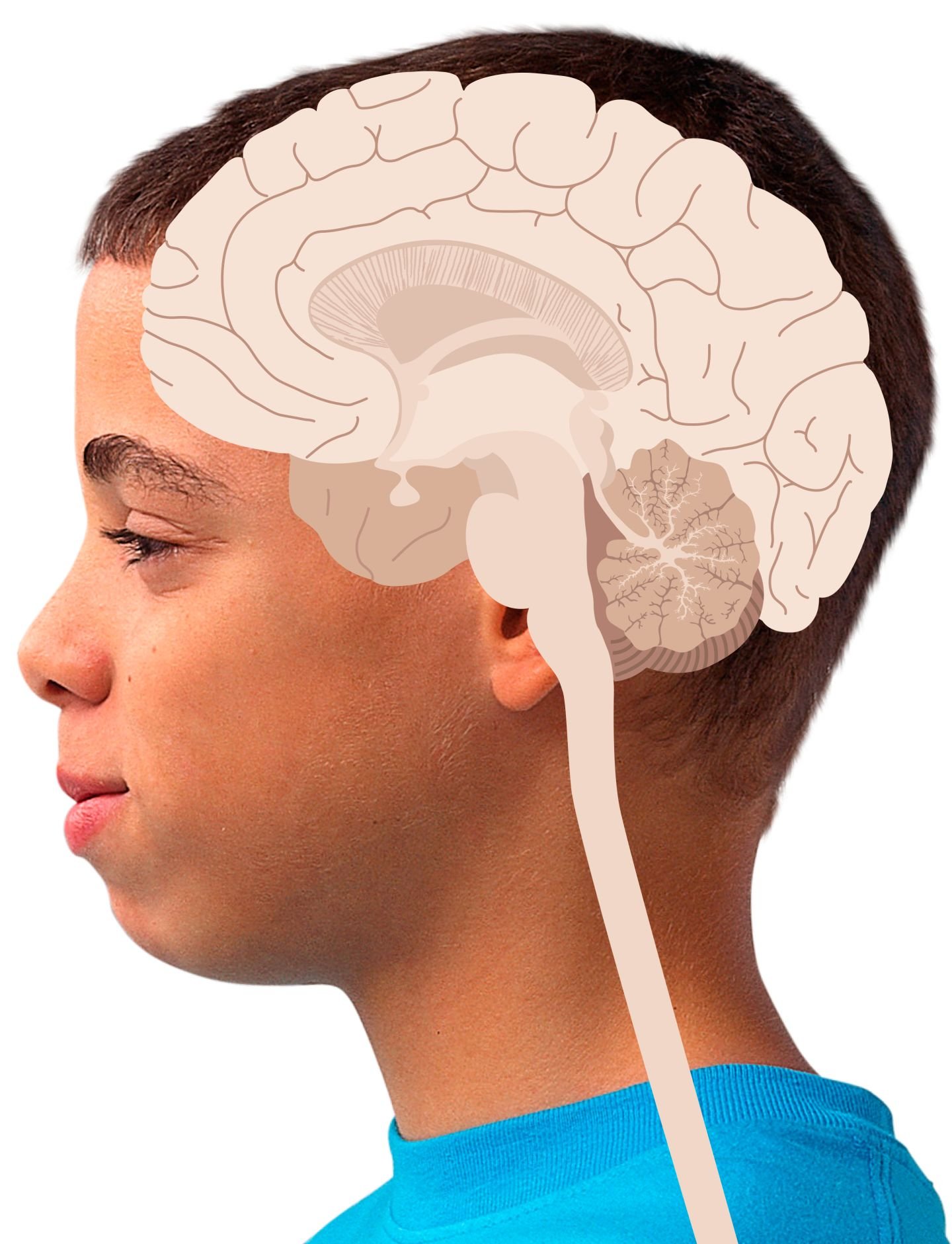Deep brain stimulation (DBS) is already being used to treat all kinds of mental disorders, including depression and addiction, and some neurological diseases, such as Parkinson’s. The technology is still in its early stages, since physicians have a great deal of difficulty achieving consistent results. Scientists at the Picower Institute at MIT have now found a major clue that may help improve the efficacy of DBS.
Published in the journal Nature Communications, the study demonstrates that by analyzing “theta” rhythms on EEG (electroencephalography) readouts, clinicians may be able to tune how a given DBS system affects a patient. Theta rhythms seem to be a tool through which the prefrontal cortex coordinates neurons in other brain regions to tick to its beat.
For some conditions, such as Parkinson’s, tuning a DBS implant is relatively easy since there’s an immediate change in symptoms. For depression and addiction, on the other hand, there’s no obvious change in symptoms. Now it seems that theta rhythms may serve as the indicator against which a DBS system would be adjusted. Moreover, it may be a way to identify which patients will benefit from DBS.

Discover The World's MOST COMPREHENSIVE Mental Health Assessment Platform
Efficiently assess your patients for 80+ possible conditions with a single dynamic, intuitive mental health assessment. As low as $12 per patient per year.
“This is a major step forward for psychiatric brain stimulation,” said Alik Widge, the lead author of the research. “This study shows us a specific mechanism of how DBS improves patients’ brain function, which should let us better identify who can benefit and how to optimize their individual treatment.”
Some more details according to the Picower Institute:
The team’s working hypothesis, therefore, was that DBS might help patients by increasing theta rhythms in these crucial cognitive control circuits linking prefrontal cortex to VCVS, thereby allowing the cortex to be more effective in controlling atypical emotions. If they could read out a patient’s theta rhythms and optimally amplify those with DBS, they reasoned, maybe they’d see an increase in cognitive control.
To find out, they worked with 14 volunteers at MGH, 12 of whom had previously received DBS treatment for depression and the other two for OCD. The researchers gave each participant a “conflict” task in which they had to identify the numeral in a sequence of three numbers that was different (like the “2” in “332”) despite the vivid and intentional background distraction of an emotionally evocative image (like adorable puppies or a vicious shark). An increase in cognitive control would mean a quicker reaction time in being able to identify the correct unique digit.
The researchers recorded brain waves of the subjects while they performed the task, once with DBS switched on and once with it off. What they found was that with DBS on, people indeed made their selection faster (overcoming the “interference,” or conflict of the emotional picture). There was no difference in accuracy, meaning that subjects were not sacrificing accuracy to gain more speed. Meanwhile theta rhythms in the cortex increased markedly in association with both the stimulation in VCVS and the behavioral improvement of the faster reaction time.

